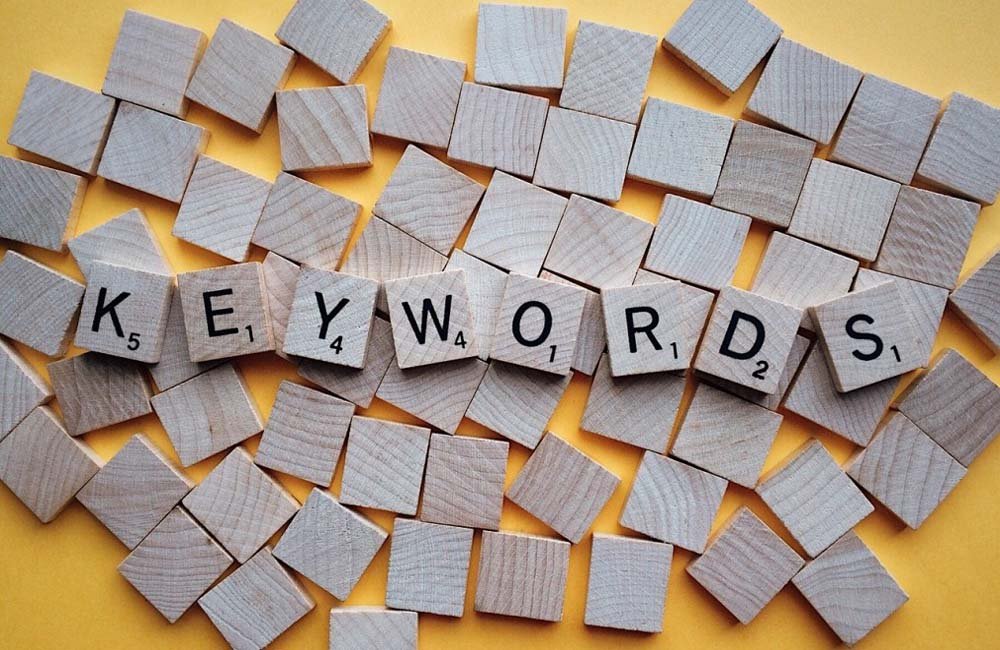Search engine optimization(SEO) depends on a lot of factors including speed, content and so on. It also depends on website design. Yes, you read it right. Website speed and its design are connected uniquely.
In today’s article, we will be listing the tips to ensure that you do your website design and SEO, the right way. Generally, the problem arises when the design team is not informed about the marketing needs of the marketing team. This can lead to a project where the design may look flawless, but not complete regarding marketing needs and SEO.
In short, a website that is designed without SEO in mind can lead to issues shortly. To avoid it it is best to think SEO when designing your website. The following tips will surely help you in doing so. Let’s list them below.
Great User Experience

One of the most significant challenges that you need to counter is the usability and user experience while running a website. Any design that doesn’t result in exceptional user experience is a waste even when it is looking. Apart from that, usability plays a crucial role in determining the SEO value of the website. You don’t want your user to spend their crucial time and finally, find nothing that they are looking for.
Search engines especially would rank a website that is easy to rank compared to other sites.
The starting point is relevant information. If you give them the right information when they need, they will always be happy and will spend the time on your site. This also means low bounce rate and improve time spend on the site. All of these factors add to the website SEO value and make it rank high on the search engine. It also improves the social media shares which in turn help the SEO.
Content Discoverability
A good design also considers content discoverability. With correct content discoverability, the search engine will find it easy to crawl through the website. All the content will be naturally discoverable with fewer chances of wrong redirection or 404 not found error.
If a design is not done correctly, it leads to broken or buried links which impacts SEO directly.
To overcome it you need to make sure the design takes care of both users and the search engine. It should be intuitive and be engaging from a user’s perspective. From the search engine perspective, the design should allow easy crawling across the internal links of the website.
You should also focus on improving the content priority and which one to show or crawled first. It can be done by creating the right categories and subcategories and providing proper navigation for visitors.
Only select website builder that lets you prioritize content discovery and then build the design around it.
Highly quality content

There is no denying that high-quality content is the best possible way to rank higher. However, it should not be an afterthought. By this, we mean that you should start thinking about the content as soon as the design process starts.
Gone are the days when keyword stuffing worked. It is all about quality content now.
To get started, ask questions for each page that you design. Questions such as what is the purpose of the page? Or, what message you want to convey? — will give you a deep understanding of what to design. You can also try to find out the effective way to showcase your message. These questions will let you design your page better. This approach also ensures that the design is based on many parameters including content rather than the other way around.
A design where the content decided later generally doesn’t perform in real-world scenarios.
Keyword placement

Keyword placement is also crucial when it comes to ranking for your website. Targeting the right keywords is essential. You cannot just rank the first page for each keyword that you can think off. That’s why it becomes necessary to make an informed decision first and then choose the right keyword placement for it on your website.
For example, if you are providing a service, our goal is to find keywords that relate to your service and show them an essential part of your website.
Build a design that loads fast
Design should be not only good-looking but also be smooth and fast. A website that is slow will never attract attention from the visitors as well as the search engine. To achieve the desired loading time, you should test your design from the start. Also, you need to be extra careful when it comes to using assets in your design. For example, stay away from using large graphics files, outdated CMS, old plugins and so on.
It will also help if you do proper testing after each design milestone is reached. You can also do internal testing to understand how users interact with your design. Try to remove clunkiness, improve navigability to make it more user-friendly.
Redesign can be tough

It is very easy to lost patience during the redesign of your website. It is common for businesses to go for redesign after an initial stage. But, as you might know, a redesign is not as easy as it can impact website SEO if not done right.
It is also common for companies to completely redesign their website only to find out the issues that are left behind. Before you dive deep into the website redesign, make sure that you understand its impact on SEO. You should also ensure that you know the SEO of your site and are ready to do the SEO-part for the redesign. It is necessary to hire a competent designer who understands the intricacies of SEO during the design phase.
Wrapping up
SEO’s impact just cannot be ignored in the current market. If you want to succeed, you need to take the necessary steps right from the start which includes designing your website. If you are new to this, we hope that the above tips helped you to understand the correlation between SEO and website design. Ask questions in the comment section below.
Author
Madan Pariyar, a blogger at WebPrecious and a digital marketing strategist helping clients to resolve their website woes. When not busy with all things, you may find me occasionally watching movies, traveling and spending time with my family.
Leave a Reply